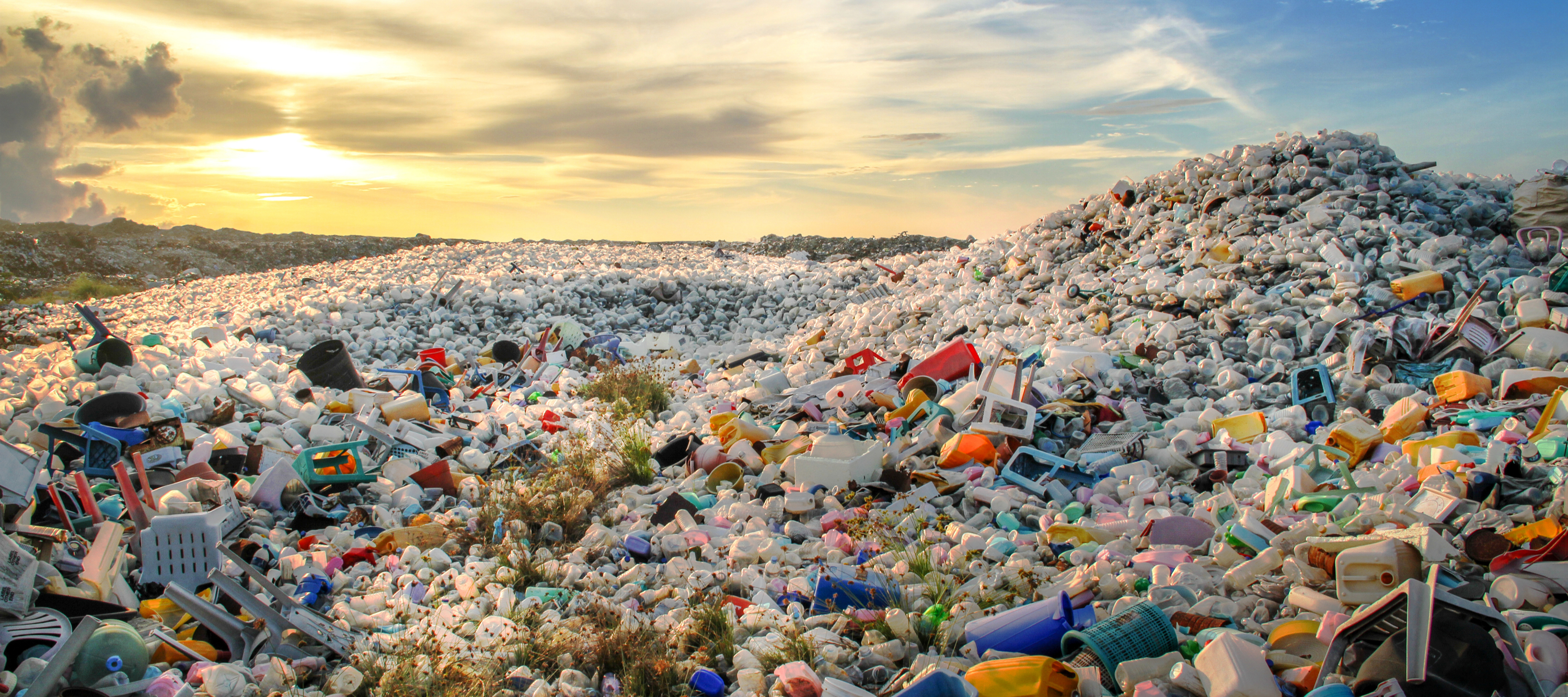
ECHA added the substances to the SHVC – Candidate List in January 2021
ECHA has added two new substances to the Candidate List of substances of very high concern (SVHC) due to their toxicity to reproduction. This means that the Candidate List now includes 211 substances. Any supplier of mixtures or articles containing a Candidate List substance above the concentration of 0.1 % (weight by weight) has communication obligations towards customers down the supply chain and to consumers. The supply chain communication obligation is important for the whole supply chains of mixtures and articles in the EU. As of 5 January 2021, article suppliers have to notify substances of very high concern present in their articles to ECHA’s SCIP database under the Waste Framework Directive.
The added substances are: bis(2-(2-methoxyethoxy)ethyl)ether and dioctyltin dilaurate, stannane, dioctyl-, bis(coco acyloxy) derivs., and any other stannane, dioctyl-, bis(fatty acyloxy) derivs. wherein C12 is the predominant carbon number of the fatty acyloxy moiety.
The substances are used in ink and toner products and in the manufacture of plastics and rubber tyres. The first substance, bis(2-(2-methoxyethoxy)ethyl)ether, acts as a solvent and extractant, and the mono-constituent form of the second substance (dioctyltin dilaurate) is used as an additive in the production of plastics and rubber tyres. The second substance is not registered under REACH as a group of substances. However, the constituent dioctyltin dilaurate is a registered substance.
The substances added by ECHA can cause serious effects on human health and the environment
The Candidate List includes substances of very high concern that may have serious effects on our health or the environment. These substances may be placed on the Authorisation List in the future, which means that companies would need to apply for permission to continue using them. (ECHA)
Companies that are importing, producing, selling or using substances, their mixtures or articles (components, materials) containing them should keep an eye on the substances added to the SVHC Candidate List. Substances are regularly being added here. It is recommended for companies to start looking for substitutes for the added substances already now.
Do you need help with chemical management?
Our experienced chemical consultants will assist you in meeting your chemical requirements. Furthermore, our Ecobio Manager SaaS-service will help you manage your chemicals and ensure compliance with global regulations. Interested? Contact us today!
Contact: info@ecobio.fi
Text: Kristian Vaitomaa
Picture: Shutterstock
Source: ECHA









